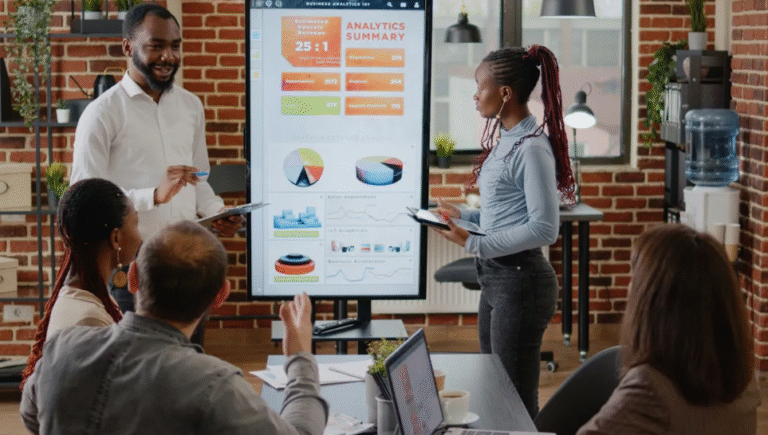Breaking Down the Impact of Technology on Job Automation
The influence of technology on employment patterns is complex, primarily affecting roles characterized by routine and repetitive tasks. Advances in artificial intelligence and digital automation are accelerating changes across industries, raising questions about job security and economic stability. Understanding which sectors are most vulnerable and the broader societal implications is crucial. Exploring these dynamics reveals both challenges and opportunities that warrant closer examination.
Exploring the Types of Jobs Most Affected by Automation
Which types of jobs are most susceptible to automation, and what characteristics make them vulnerable? Manual labor roles, especially those involving repetitive tasks, are highly exposed to AI integration. These positions tend to lack complex decision-making, making them prime candidates for automation.
This threatens workforce flexibility and emphasizes the need for individuals to seek adaptable skills for future independence.
Technological Advances Driving Workforce Transformation
Advancements in technology continue to reshape the landscape of employment, fostering significant shifts in workforce dynamics. Innovations in AI ethics and digital literacy are central to this transformation, empowering individuals to adapt and thrive.
These advances facilitate autonomous systems and data-driven decision-making, underscoring the importance of continuous learning and ethical considerations in shaping a future workforce that values freedom and adaptability.
Challenges and Concerns Surrounding Job Displacement
As automation technologies become more sophisticated and widespread, concerns about widespread job displacement intensify.
Addressing these challenges requires effective reskilling initiatives and policy reforms that empower workers to adapt.
Without such measures, economic disparities may deepen, highlighting the importance of proactive strategies to ensure societal resilience and individual freedom in an evolving labor landscape.
Strategies for Societal Adaptation and Future Preparedness
The growing prevalence of automation technologies necessitates comprehensive strategies to enable society to adapt effectively and prepare for future labor market shifts.
Reskilling initiatives and targeted policy reforms are essential to empower individuals, foster flexibility, and ensure equitable opportunities.
These measures support societal resilience, promoting a future where technological progress enhances human potential rather than restricting freedom of choice.
See also: AI and Creativity: Exploring the Intersection of Technology and Art
Conclusion
As automation increasingly transforms industries, approximately 47% of US jobs are at risk of automation within the next two decades. This significant figure underscores the urgency for proactive reskilling and policy reforms. While technological advances promise efficiency gains, they also pose profound societal challenges. Ensuring equitable opportunities requires strategic adaptation, emphasizing human-centric skills. Addressing these shifts is essential to foster economic resilience and prevent widespread displacement amid rapid technological progress.






